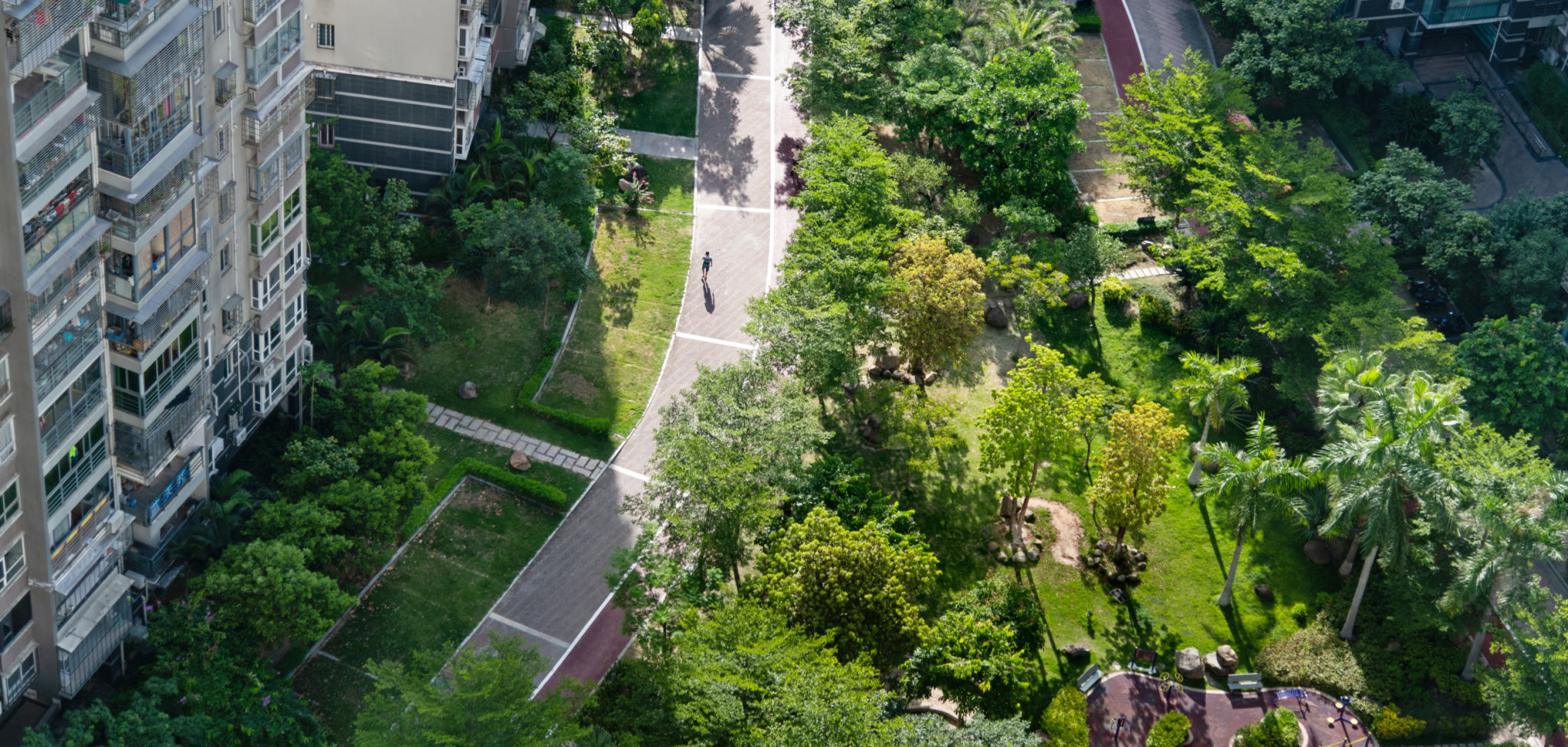The Benefits of Biophilic Design in Urban Lisboa
Understanding Biophilic Design
Biophilic design is an innovative architectural approach that seeks to integrate natural elements into urban environments. The term "biophilia" suggests an inherent human affinity for nature, and this concept is applied in design to improve both psychological and physical well-being. In urban areas like Lisboa, this approach is gaining traction as a means of enhancing the quality of life for its residents.
Benefits of Biophilic Design
Integrating biophilic design into urban settings offers numerous benefits. Firstly, it significantly improves air quality. Plants and green spaces naturally filter pollutants, providing cleaner air for city dwellers. This is particularly important in bustling metropolises where pollution levels can be high.
Moreover, biophilic design contributes to reducing stress levels. Studies have shown that exposure to nature can lower cortisol levels, promoting a sense of calm and relaxation. This is invaluable in the fast-paced lifestyle typical of urban environments.

Enhancing Urban Aesthetics
Biophilic design also plays a crucial role in beautifying urban landscapes. Incorporating green roofs, vertical gardens, and living walls not only adds aesthetic value but also provides functional benefits such as natural insulation and sound absorption. Lisboa, with its rich architectural heritage, can greatly benefit from such enhancements, blending modern sustainability with traditional charm.
Promoting Biodiversity
Another advantage of biophilic design is its capacity to promote biodiversity within cities. By creating habitats for various plants and animals, urban areas can support a wider range of species. This not only enriches the local ecosystem but also provides educational opportunities for residents and visitors alike.

Economic Benefits
The economic advantages of biophilic design should not be overlooked. Properties with integrated natural elements often have higher market values and appeal to environmentally conscious buyers. Businesses can also benefit by attracting customers drawn to eco-friendly environments and reducing energy costs with natural temperature regulation systems.
Implementing Biophilic Design in Lisboa
Implementing biophilic design in Lisboa requires collaboration between architects, city planners, and the community. Public spaces such as parks, plazas, and streetscapes should be prioritized for greening projects. In addition, incentives for private developments can encourage the adoption of biophilic elements in residential and commercial buildings.

The Future of Urban Living
The incorporation of biophilic design into urban areas like Lisboa represents a forward-thinking approach to city planning. As more cities recognize the importance of sustainable living environments, we can expect a future where nature and urban life coexist harmoniously, improving both our cities and the well-being of their inhabitants.
Ultimately, embracing biophilic design is not just about adding greenery; it's about fostering a healthier, more sustainable urban ecosystem that benefits everyone. As Lisboa continues to grow and evolve, biophilic design will play a crucial role in shaping a vibrant and resilient urban future.
